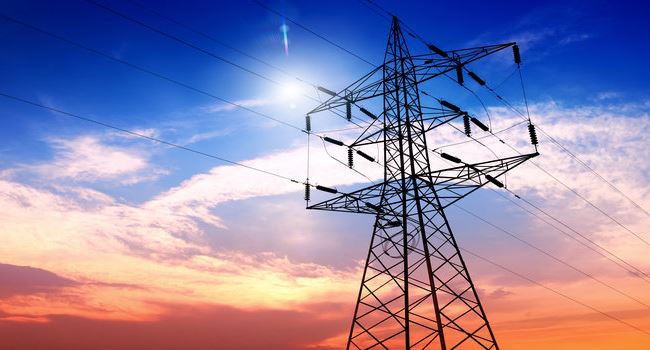Business
Power Generation struggles to stay at 4,000mw as darkness covers Nigeria

Nigeria’s power sector peak electricity generation continued to struggle to stay above 4000 megawatts, despite huge energy demand from Nigerians in the face of petrol scarcity and high diesel price.
According to data obtained from the Nigerian Electricity System Operator’s daily operational report, on Friday, peak power generation achieved stood at 4102.7MW.
However, on Saturday, it dropped to 3992.6MW to continue the trend of power generation below 4000 in the last three months.
The inability to sustain power generation above 4,000 has further worsened the suffering by Nigerians across the country, leaving many neighbourhoods with no flash of power for days.
Read also: Amid poor supply, NBS claims Nigeria’s power generation increased 2% in 2021
Any hope of an improved power supply is now largely hinged on the refurbishing plans by the federal government of the Afam plant in the next one or two weeks, which is expected to increase generation to 4500mw.
Meanwhile, the most current data from the Nigeria Industry Supply Industry on the performance of 26 Nigerian power plants reveals that combined generation has collapsed by 70%.
The capacity of the plants dropped from a total of 13,461 megawatts installed capacity to 4,022MW when they were last tested in July 2021.
A breakdown of the data showed that the four hydro plants under the Power Purchase Agreement, such as the Kainji plant (hydro) with an original 760MW capacity, had approximately 153MW capacity as of July last year, while Jebba, with 576MW capacity, had 332MW.
Shiroro plant with a nameplate capacity of 600MW already dropped to 248MW, while Mabon with 40MW capacity did not generate any power as of the last review date.
The gas plants under the Power Plant Agreement such as Egbin, went from 1100MW to 606MW, Sapele from 1020MW to 46MW, Delta from 900MW to 281MW, AfamIV-V production capacity went from 776MW to 67MW, and Geregu capacity dropped from 414MW to 277MW.
Azura’s capacity also went from 450MW to 421MW, Agip dropped from 465MW to 29MW, Shell from 650MW to 287MW, Olorunsogo from 304MW to 195MW, and Omotosho also dropped from 304MW to 254MMW.
The last batch of eight gas plants under the National Integrated Power Project, such as Geregu, Sapele Alaoji, Olorunsogo, Omotosho, Ihovbor, Calabar, and Gbarain, nameplate capacities formerly at 434MW, 450MW, 960MW, 675MW, 500MW, 450MW, 563MW, and 225MW respectively, witnessed a crash in capacities to 77MW, 33MW, 58MW, 23MW, 43MW, 17MW, and 236MW respectively.
The government-owned gas plants still under the PPA, such as Ibom Power, OmokuFIPL, Trans Amadi FIPL, and Afam FIPL, generation capacities went from 190MW, 150MW, 130MW, 360MW with Eleme not generating into the grid, to 13MW, 31MW, 76MW, and 65MW respectively.
Join the conversation
Support Ripples Nigeria, hold up solutions journalism
Balanced, fearless journalism driven by data comes at huge financial costs.
As a media platform, we hold leadership accountable and will not trade the right to press freedom and free speech for a piece of cake.
If you like what we do, and are ready to uphold solutions journalism, kindly donate to the Ripples Nigeria cause.
Your support would help to ensure that citizens and institutions continue to have free access to credible and reliable information for societal development.
























